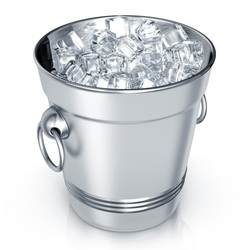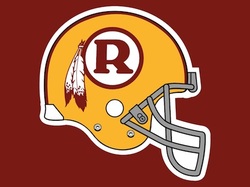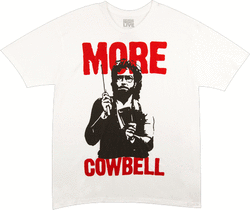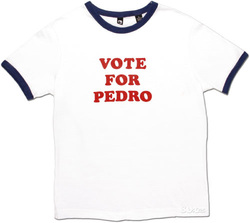
To really answer this question, it helps to understand this maxim: the essence of a trademark is source identification. Always has been, and always will be. Even in the face of technology, which always seems to be pushing the envelope of how a company can truly engage a consumer, trademarks must maintain their source identifying capability. The beauty of the statutory definition of a trademark is that there are no restrictions on the form of the trademark, just so long as it serves the purpose of source-identification (and usually nothing more). For example, there is no statute or public policy that requires trademarks to cater exclusively to one of the five senses; any type of identifier that can be discerned by consumers is fair game for a trademark. This gives companies a lot of freedom in defining their brand. Given enough creativity and vision, a company could be quite unique in their branding endeavors.






 RSS Feed
RSS Feed